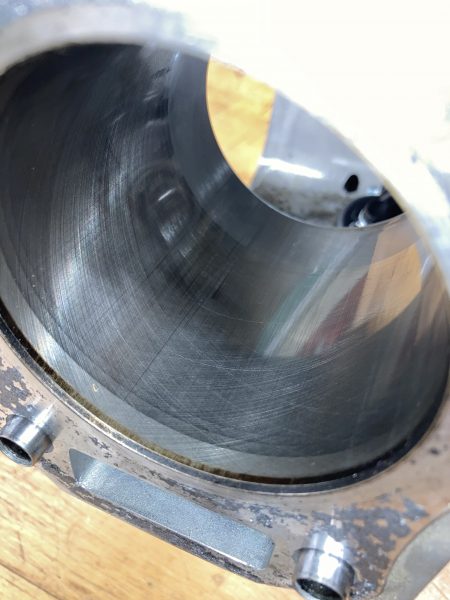Crossed lay (also known as intersecting, cross-hatched, or diagonal lay) is a specific orientation of surface texture patterns on a material or object. In crossed lay, the predominant direction of the surface texture is not uniform but instead consists of intersecting or crossing patterns. This means that the surface features or grooves on the material run in more than one direction, creating a grid-like or crisscrossed appearance when viewed closely.

Crossed lay can have both practical and aesthetic implications. In practical terms, it can sometimes be deliberately engineered to enhance specific properties of a material or component. For example, in certain applications where lubrication or wear resistance is crucial, having a crossed lay can help improve performance by ensuring that lubricants are distributed evenly or that wear occurs more uniformly.
Aesthetic considerations also come into play with crossed lay. In design and manufacturing, the choice of crossed lay patterns can be used to create visually appealing textures or to achieve specific artistic effects on surfaces. It can be particularly relevant in fields such as architecture, interior design, and fashion, where surface texture and visual appeal play a significant role.
